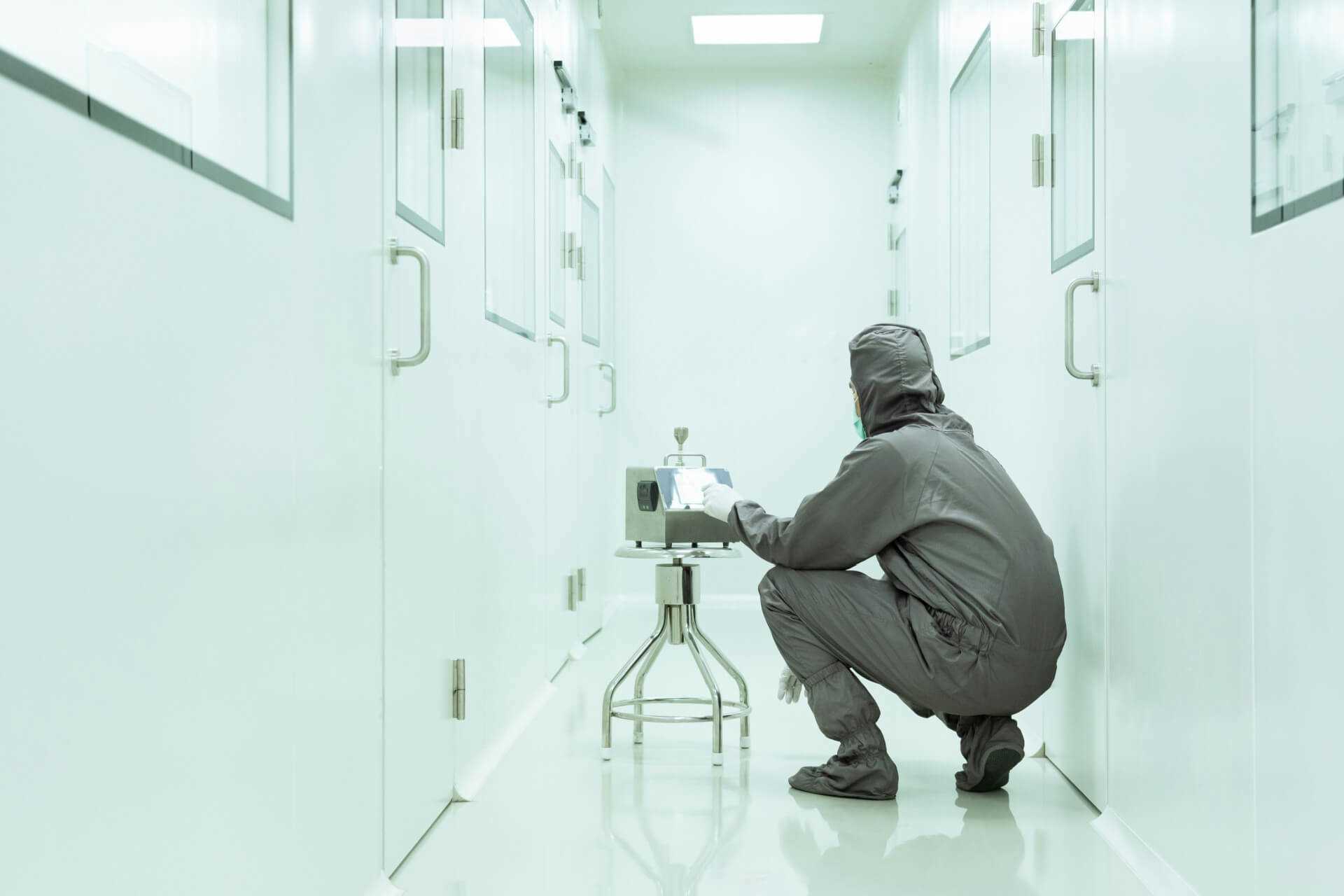
The Role of Automation in Enhancing Cleanroom Efficiency
As industries continue to evolve, the demand for higher productivity and stringent contamination control in cleanrooms has never been more critical. Automation stands out as a pivotal solution, offering numerous benefits that not only streamline operations but also significantly reduce the risk of human error, which is often the biggest threat to cleanroom integrity.
Automation in Environmental Monitoring
Automated systems are increasingly being deployed to monitor critical environmental parameters such as temperature, humidity, particle count, and air pressure. These systems provide real-time data that is essential for maintaining conditions within strict thresholds defined by industry standards. Automation ensures that any deviations are corrected automatically by adjusting HVAC systems or alerting personnel to intervene when necessary, thereby maintaining an optimal environment for sensitive processes.
Robotics in Material Handling and Processing
Robotics technology is transforming material handling and processing within cleanrooms by minimizing human contact. Robots can efficiently transport materials between different areas of the cleanroom, manage intricate assembly tasks, and perform repetitive activities with precision. This not only speeds up the production process but also significantly reduces contamination risks associated with human interaction.
Automated Cleaning and Disinfection
Automated cleaning robots and disinfection systems play a crucial role in maintaining cleanliness in cleanrooms. These systems are designed to operate autonomously or with minimal human supervision, performing tasks such as UV sterilization, floor cleaning, and surface disinfection during non-operational hours. This ensures that the cleanroom is ready for operation without any delays and maintains consistent cleanliness standards.
Benefits of Automation in Reducing Human Error
One of the most significant advantages of automation in cleanrooms is the reduction of human error. Automated systems follow precise programming instructions to deliver consistent results, which means there is less variability and a lower chance of procedural mistakes that could lead to contamination or compliance issues.
Optimizing Operational Efficiency
Automation also allows for the optimization of operational efficiency. By taking over routine tasks, automated systems free up human resources to focus on more critical aspects of cleanroom operations such as quality control, process optimization, and innovation. This not only improves productivity but also enhances employee satisfaction by reducing the burden of monotonous tasks.
